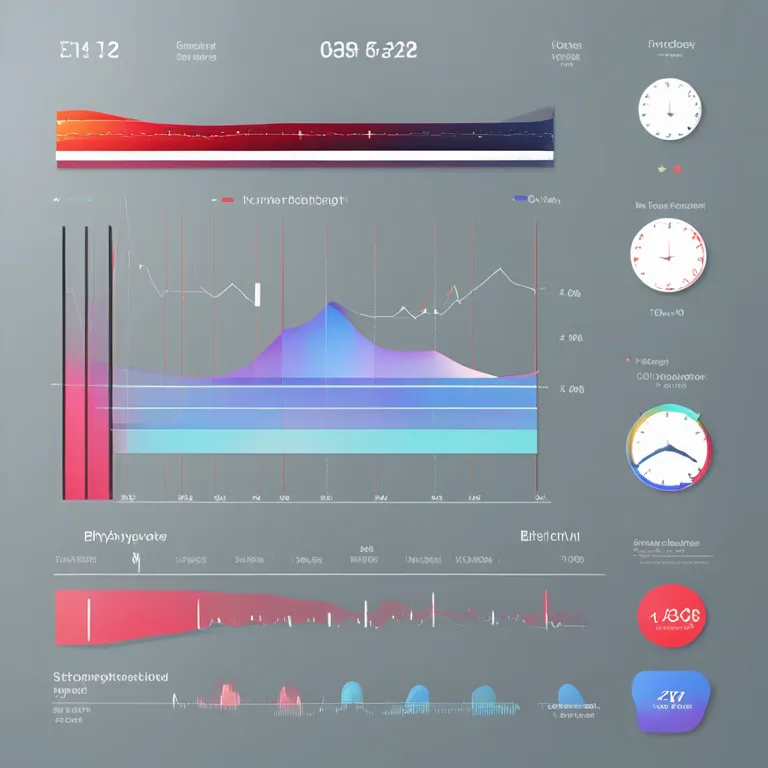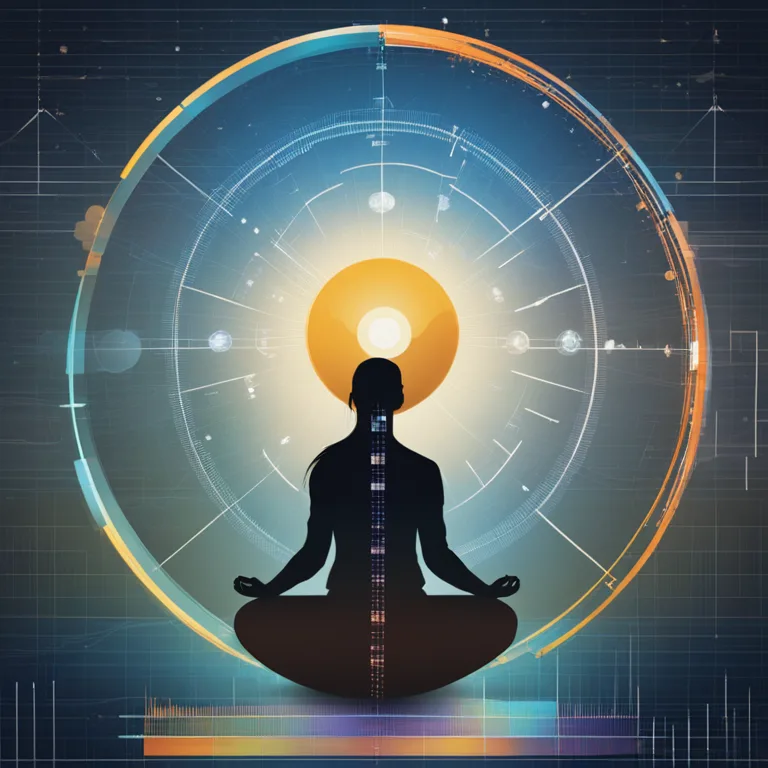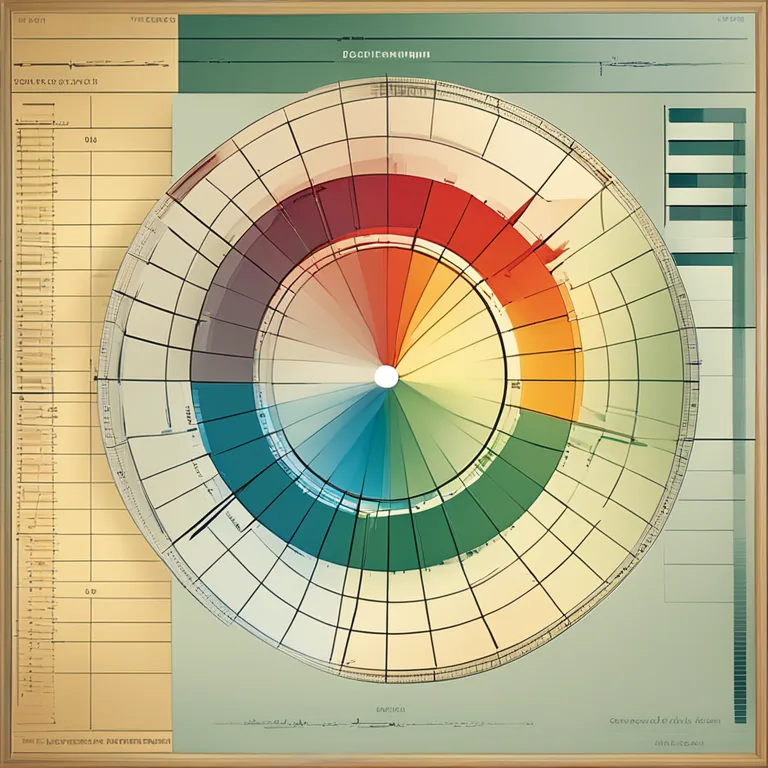
The Biorhythm Debate: Is It Fact or Fallacy?
Delve into the world of biorhythms to discover if there is scientific merit behind this concept or if it remains a pseudoscientific theory.
article by Adrian Wallace
The Concept of Biorhythms
Biorhythms are said to be invisible waves of energy within the human body that dictate our physical, emotional, and intellectual states. The theory originated in the late 19th century, but gained popularity in the 1970s. Proponents believe that understanding these cycles can help individuals anticipate periods of strength or weakness. It is suggested that three primary biorhythm cycles—physical (23 days), emotional (28 days), and intellectual (33 days)—interact to influence our well-being. However, skepticism among the scientific community has persisted since its inception.

Critical Examination by Science
Over the years, scientific scrutiny has cast doubt on the legitimacy of biorhythm theory. Numerous studies have attempted to correlate biorhythm cycles with success in various activities or with health outcomes but yielded mixed or negative results. The lack of empirical evidence to support the prediction accuracy of biorhythm cycles has led many to classify it as pseudoscience. Critics argue that while there may be observable patterns in human behavior and performance, these do not strictly adhere to the rigid schedules proposed by biorhythm theory.

The Psychology Behind Belief
Psychologists have studied why certain individuals swear by biorhythms despite the scientific rejection. A factor at play could be the placebo effect—simply believing in biorhythms may influence a person's perception of their abilities and challenges on any given day. Cognitive biases such as the confirmation bias may also contribute, as people might give greater attention to events that confirm their beliefs about biorhythms while overlooking those that don't align.

Technology's Influence on Biorhythm Theories
Advances in technology, especially in wearable health devices and wellness apps, have revived interest in biorhythms. With the enhanced ability to track physiological data, some proponents are re-examining biorhythms through a modern lens. However, while tech can give insights into cycles in our body data, there is still no concrete link established between this information and the traditional biorhythm cycles.

Diverse Perspectives on Daily Life
It's important to acknowledge that biorhythms, real or not, have influenced various approaches to understanding human behavior. Some professionals continue to use biorhythm charts to guide clients in personal life decisions. While the scientific community does not see biorhythms as a reliable tool, the enduring interest in them underscores a human desire to find rhythms and patterns in life's complexities.
Conclusion: Making an Informed Decision
In conclusion, while biorhythms are an intriguing concept, there remains no concrete evidence to validate their predictions as scientifically accurate. For those considering the biorhythm model, it may be more productive to focus on actual, consistent patterns in your health and behavior, perhaps with a qualified professional's guidance, rather than adhering to predetermined cycles. Individual experience may vary, but decisions should ideally be grounded in vetted scientific principles.
Published: 12/28/2023
Modified: 12/28/2023
More predictions
Come back here soon to learn more about yourself and your future


Biorhythm Compatibility & Birthdays
Discover the intriguing connection between your birthday biorhythms and relationship harmony in our insightful article.


Unlocking Your Body's Natural Clock
Explore the intriguing world of biorhythms and discover how they influence your physical, emotional, and intellectual states.


Biorhythm Theory: Fact Or Fallacy?
Explore the fascinating concept of biorhythms to discern if there's any scientific accuracy behind this popular belief.